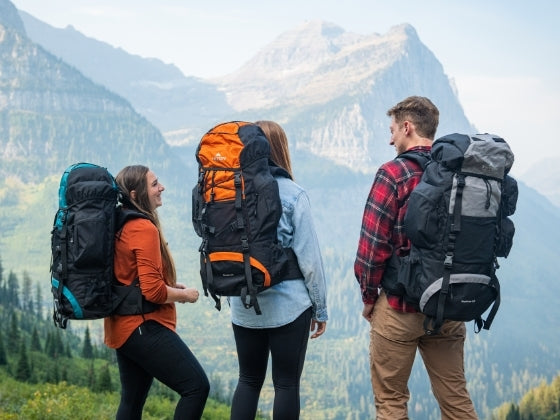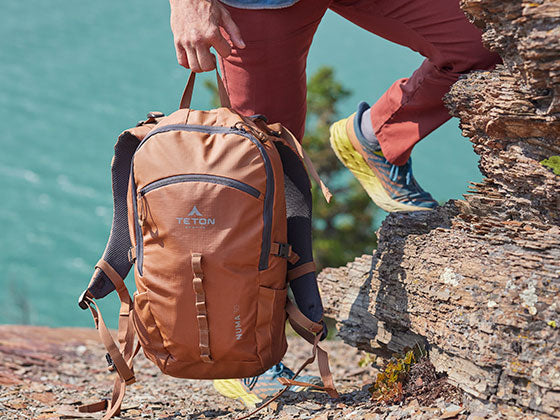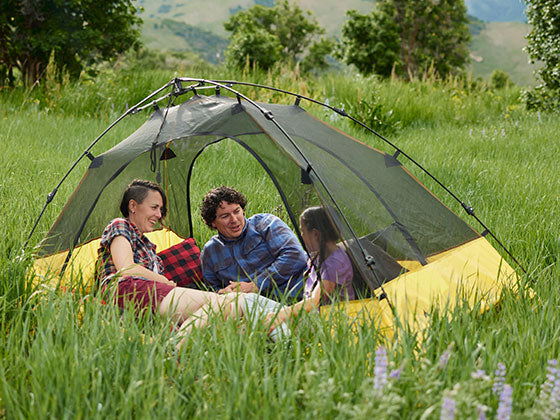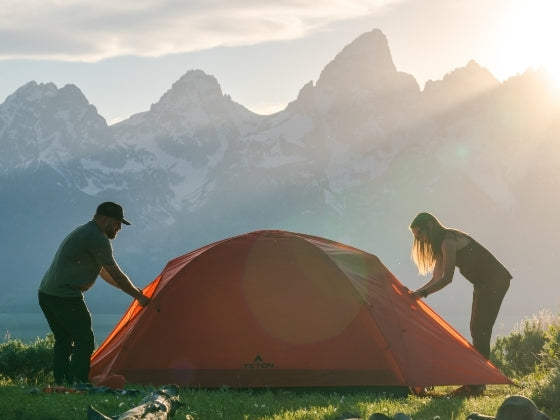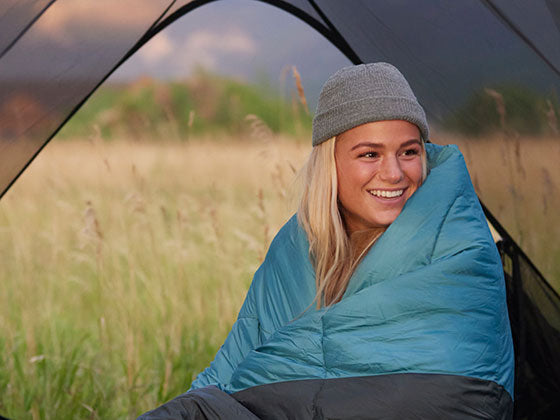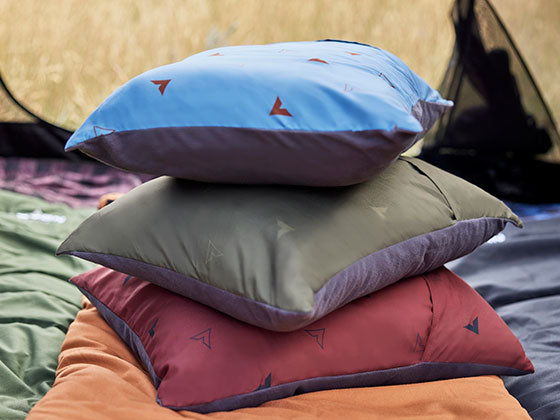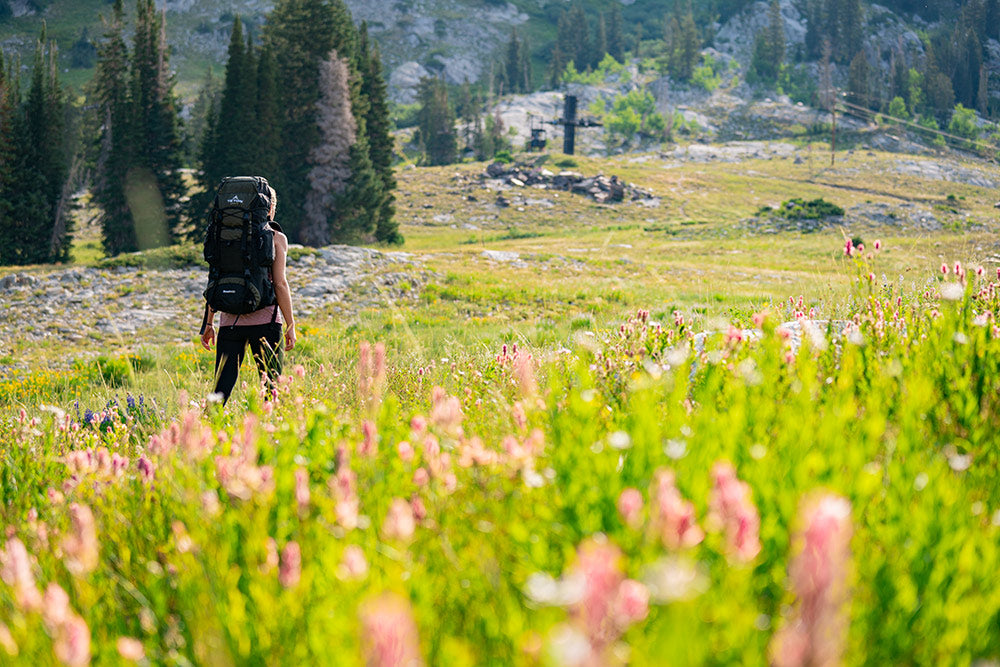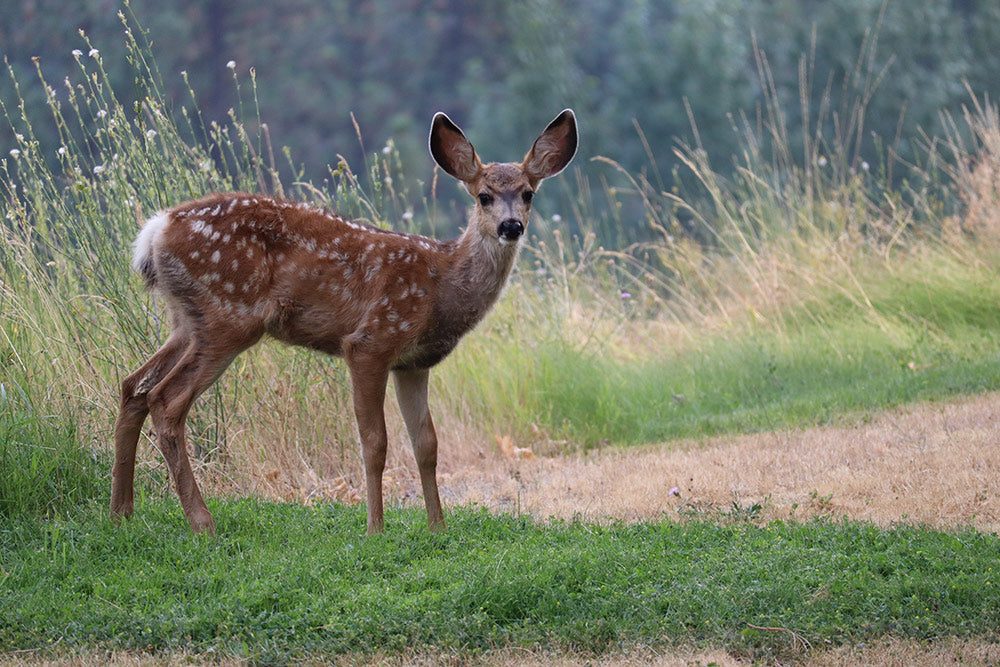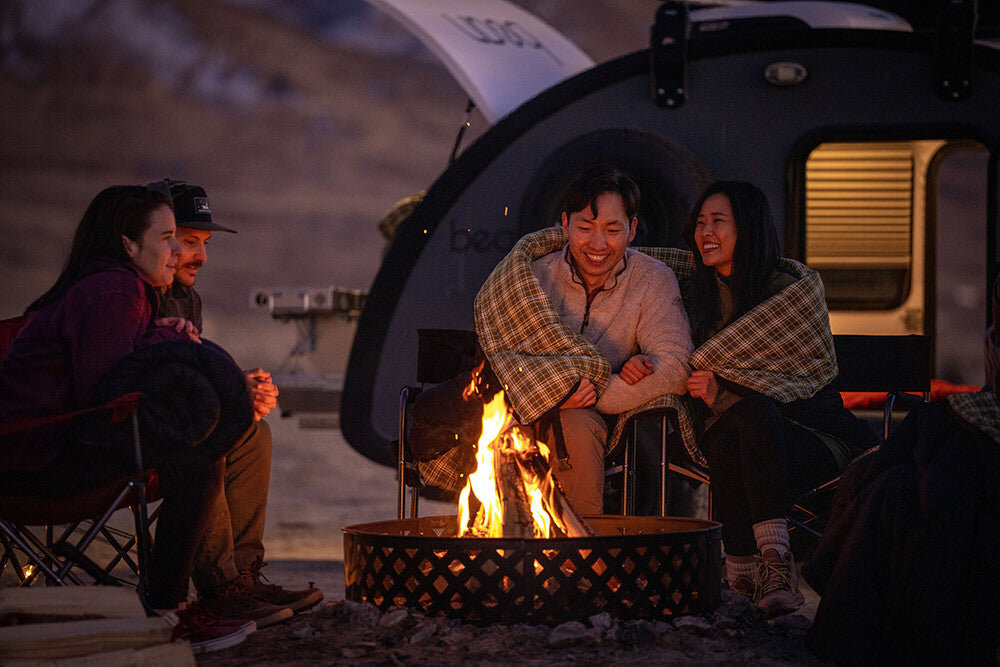One of the amazing things to appreciate about the spring is how it gives you so many opportunities to admire nature’s beauty. Spring wildflowers are great examples. You might be an avid gardener and spend large amounts of free time tending the plants and flowers in your yard.

Indeed, a garden can be an understandable source of great pride for many families. However, most people can’t help but feel pleasantly surprised to see wildflowers growing beautifully with no human intervention. Here’s how you can get the best chances to see them this season.
Set Your Sights on Ephemerals First
The earliest signs of spring wildflowers each year come from blooms categorized as ephemerals. They got that name because they’re only around from early spring until the tree canopies become full. 
Dutchman’s breeches, Virginia bluebells and bloodroot are a few examples. All ephemerals are perennials, and they can grow earlier than others because they store food from the previous year’s growth in their bulbs. Some of these wildflowers take up to eight years to flower.
Consider Planning Wildflower-Themed Excursions
You don’t necessarily have to go outside your backyard to take in the lovely sights of spring wildflowers. Many people become so accustomed to the outdoors near where they live that they forget to slow down and marvel at everything nearby to see.
However, you might want to see spring wildflowers not native to your area, or maybe you’re just in the mood to get away for the weekend. In such cases, think about planning a trip to a destination known for its wildflowers.
For example, Tennessee’s Great Smoky Mountains National Park boasts more than 1,500 kinds of flowering plants, making it world-famous for wildflower diversity. The assortment includes 10 types of spring ephemerals, too. Washington State’s Mount Rainier National Park even offers periodic wildflower reports to give you an idea of what you’ll see if visiting. 
Dedicated tour companies offer wildflower-based trips, but those come at a cost. If your budget is a concern, check to see if national park volunteers will have free jaunts during your trip. Some national parks also have recommended trails for people interested in wildflowers.
Follow Some Practical Advice
It’s good to know a few bits of general information and tips before heading out to look for wildflowers. First, wildflowers bloom in the Southern states earlier than the Northern ones, so that fact might determine where you go to look for them. Look at the websites of nature organizations in your area because they’ll usually have updates on what’s blooming when.
Think about timing your trip to occur after a rainfall. Drought can make wildflowers more scarce and less diverse. Consider making your wildflower-hunting trips a family affair, especially if you have young kids and want to help them have an early and enduring love of nature.
Make sure to bring the right gear so you’ll stay hydrated while exploring. Our hydration packs make that easy. They’re comfortable to carry, helping you bring water on the go.

The kinds of wildflowers you’ll see can vary drastically by location. Pick up a wildflower field guide or download an educational app specific to your region. Then, it’ll be easier to identify what you spot and keep track of what you find during each trip.
Finally, follow the “leave no trace” principle that has become the mantra of every seasoned camper. Feel free to take pictures of wildflowers, but never pick them or do anything else to disturb their natural environment.
Let the suggestions here encourage you to take a closer look at some of the first signs of spring. As you get to know the area’s wildflowers, learn to look for insects, too, especially since many types of flowers attract them, supporting a healthy ecosystem.

